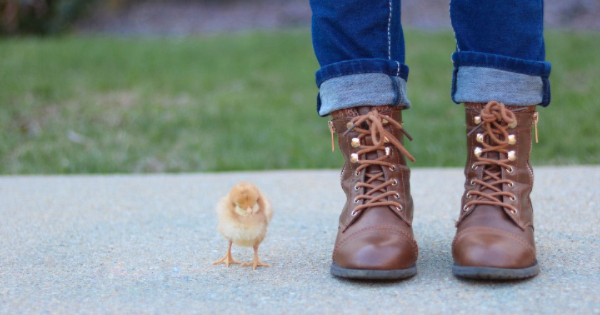
When you're putting your life on the line, you want to feel like you're properly equipped. In 2017, there were over 650,000 police and sheriff's patrol officers in the United States, ensuring order and safety in our villages, towns, and cities. If you're one of that number, you want a comfortable, practical uniform to wear, no matter the weather or what you're called to do. Some stations may favor a more traditional uniform, while others opt for a tactical police uniform. Often what we see on our officers is a blend of the two. For example, cargo-pocket pants are part of a tactical police uniform, and gives officers room store equipment that perhaps the duty belt can't hold, like a mini first aid kit, their wallet, extra gloves, and so on.
Traditional Versus a Tactical Police Uniform
In all cases, you want to both look professional, but also have a uniform that's practical, easy to move in, and lets you do your job with the greatest efficiency. There are advantages and disadvantages to both kinds of uniforms and certain stations or precincts may have specific preferences.
A traditional uniform requires dress shirts (these can be either short or long-sleeved) and dress pants. They should have sharp creases and look ironed and fresh. Instead of military boots or other types of boots, footwear is laced black shoes that are dressy. A police hat is required (either eight-point or round) as is a badge.
A tactical police uniform feels more "boots on the ground," so to speak. Pants usually have cargo-style pockets and BDU or TDU shirts with a softer look are worn. Boots work just fine for footwear and either a cap or a combat helmet is appropriate for headgear.
Generally some mix of these styles is worn by officers patrolling.
What Else Should I Have on Me at All Times?
You should always have your badge and primary weapon on hand. Make sure your weapon is cleaned and loaded with ammunition that's usable. Though you may never be asked to draw it, you want to know it's ready if your life depended on it. Body armor and a radio are also a must -- in some circumstances, it can literally mean the difference between life and death. Handcuffs (and an extra set) perhaps go without saying.
You should also carry a flashlight (and a back-up) and batteries, as well as other protective items like mace, a baton, or a secondary defense mechanism. Gloves, a medical kit, and a list of names and numbers for any offices or personnel you might need are also imperative. Keep the right forms on hand with you as well, and have some organized way to keep them -- whether it's a binder, folder, or file.
Why the Right Footwear is So Important
A brief mention for comfortable, lightweight footwear here, even though it's part of the standard uniform. You'll spend a good amount of time on your feet and lightweight boots or other footwear can make a real difference. Older colleagues may be able to recommend some brands to consider and suggest where to find them.
You want to protect your feet, not wear them out, and blisters can be the least of your worries. If you stay on the job long enough, you don't want to be dealing with foot problems later on down the line because you got cheap, uncomfortable shoes to start.
And the right footwear can make a difference if you're chasing down a suspect or on a long patrol. In this line of work, you don't want to leave anything to chance. Being overprepared is being prepared. It's not a bad idea to have a spare set of shoes in your car or at the office, just in case.
Before you get out there, make sure you have everything you need to do your job well and safely. Though you're protecting the public, you also need to make sure that you're adequately protected too.
|
|
|




